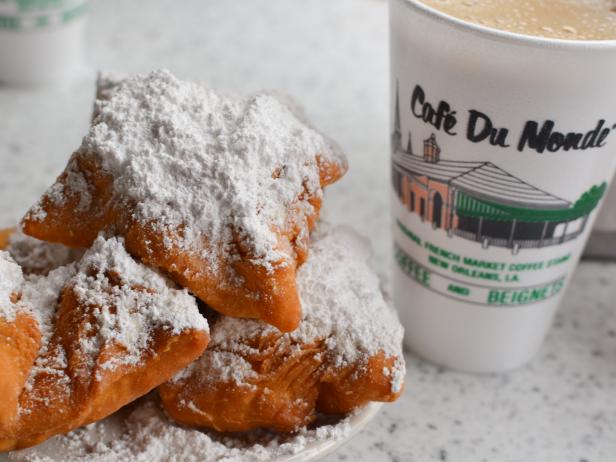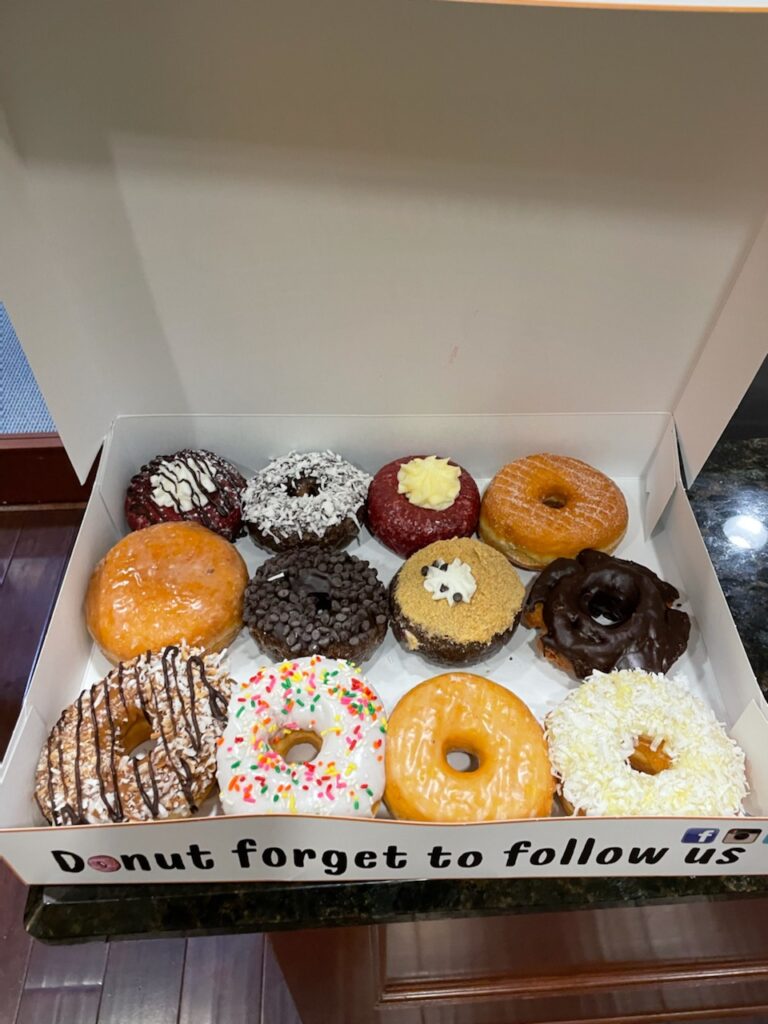By Peter Blatt, J.D., LL.M.

During the winter break, our family traveled to New Orleans. It was our first time in the ‘Crescent City.’ We took a history tour of the French Quarter, led by a retired teacher. We also visited the National WW2 Museum, a must-go for history buffs. I enjoy waking up early and going for walks or exercising. This trip was no different as I volunteered to wake up early and bring back a local favorite.
As I waited in line (for over an hour) for beignets at Café Du Monde, I thought about all the times we attempted to visit New Orleans. The first time was in 2005, but a Hurricane and faulty dams caused us to decide not to travel to the city. The second time was in early 2020 as the world shut down. The third time was the charm. It reminded me of the number of times I have witnessed the Federal Government attempt to stop inflation.
What is inflation, and why should we be afraid?
Inflation, as a general term, does not have to be fearful. There is a saying that ‘without inflation, there would be no economic growth (stagflation).’ Inflation increases the cost of goods or services in an economy. Thus, the U.S. dollar (our national currency) loses value over time. For example, in 2002, the average cost of a movie was $5.81, and in 2022, a movie costs a lot more (especially on Xfinity or Amazon). Some of the historical reasons for inflation are lower interest rates, supply chain issues, higher wages, actions by the U.S. Government or other governments.
How is inflation measured?
There are many ways to measure inflation, but one of the most common measures is the Consumer Price Index for Urban Consumers (CPI-U), produced by the Bureau of Labor Statistics. The CPI-U shows changes in the prices paid by urban consumers for a “representative basket of goods and services” or the most common goods and services purchased on an average month based on detailed surveys of what Americans buy. The urban consumer group represents about 93% of the total U.S. population.
Federal Reserve policymakers evaluate changes in inflation by monitoring several different price indexes. A price index measures changes in the price of a group of goods and services. The Federal Reserve considers several price indexes because other indexes track different products and services calculated differently. Therefore, various indexes can send diverse signals about inflation.
https://www.federalreserve.gov/faqs/economy_14419.htm
Some inflation is good; lots of inflation is harmful. The Federal Reserve is concerned that if inflation drops below a reasonable amount over time, say 2%, interest rates would also decline. If the economy falters, the Federal Reserve cannot lower rates to jump-start the economy. On the other hand, too much inflation would increase interest rates and make lending competitive with other forms of investing, which would cause the U.S. Government to include more of our Gross Domestic Product, spending on just servicing the national debt.

As I was bringing the bag of beignets back to my family, I thought of how wrong the Federal Reserve could be. At the end of 2018, the Federal Reserve appeared to raise interest rates as quickly as possible to slow down the economy. Then, we had a pandemic, and the Federal Reserve reduced rates as soon as possible. The U.S. Government spent or deployed over a Trillion dollars to ‘recover’ a stopped economy in 2020. All this money needed to go somewhere, so demand increased dramatically. Consumers want to buy more than ever. This increase in demand is causing prices to skyrocket. Can the U.S. Government stop increasing demand (by raising interest rates) and slow down the rampant inflation? Not to ruin the story, beignets are donuts with nothing inside. In my opinion, Jupiter Donuts are more delicious.
Sorry, New Orleans; South Florida’s donuts are better than your beignets.

Sorry, Federal Government, fixing the supply chain is not enough to slow down inflation. It will take a change of either the current spending policy (reducing benefits that are increasing demand) or the taxing policy (taxing people or companies buying more goods or services).
How can we still do well in this economy?
The easy answer is, remember that all things are cyclical, and if you have staying power, you may get a reward. Don’t panic. Keep some money for emergencies. Consider investments that do well during inflationary times. Invest in dividend-paying stocks and other equity investments so that you can keep up with at least inflation.
Plan Today. Protect Tomorrow.

To book an appointment, please call us at (561) 625-0900, x-104.
Ready to Take The Next Step?
For more information about any of the products and services listed here, schedule a meeting today or register to attend a seminar.
